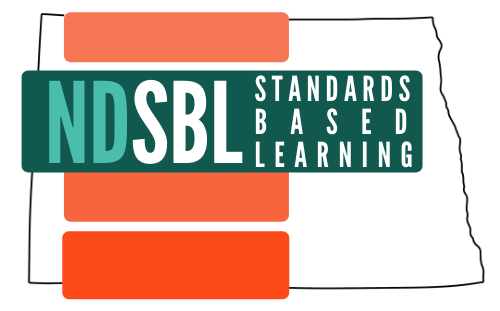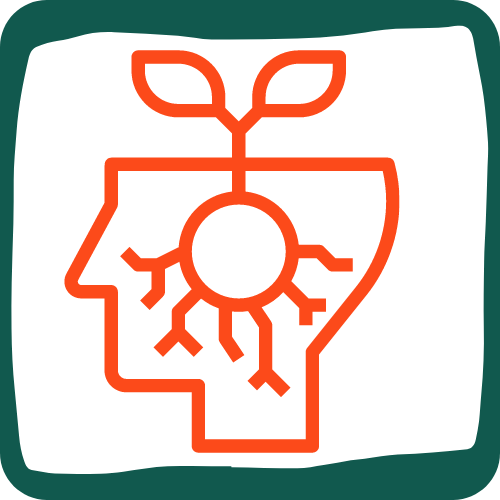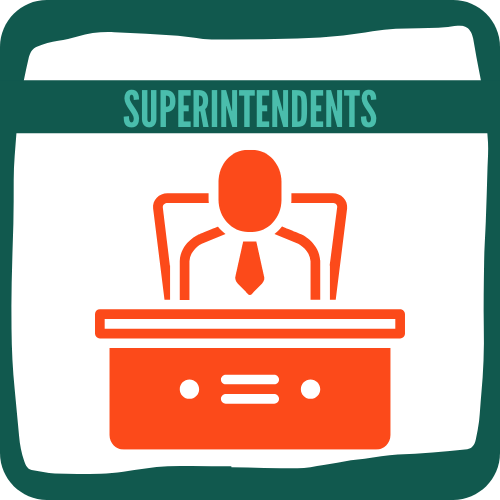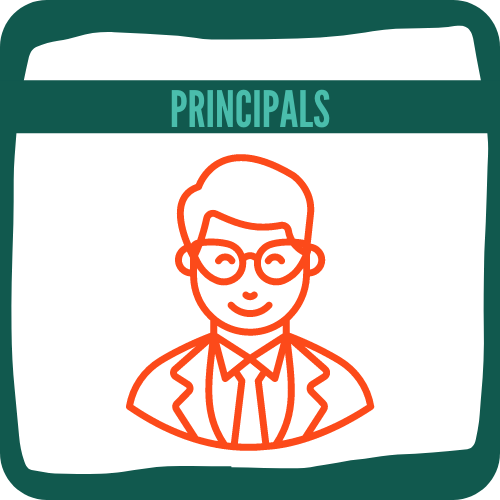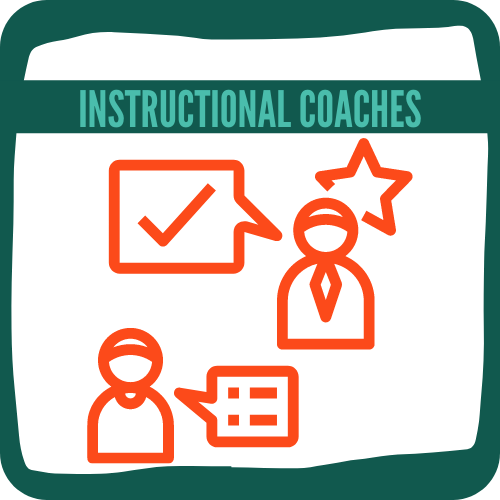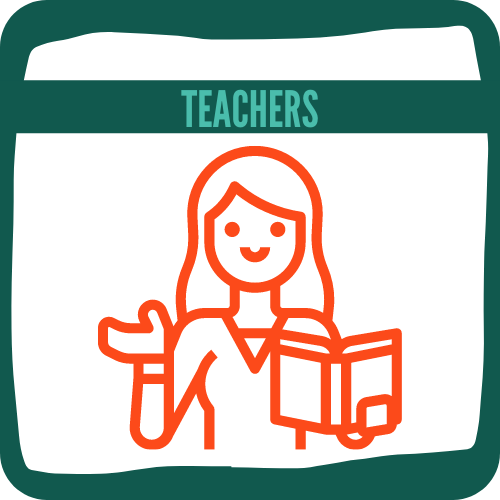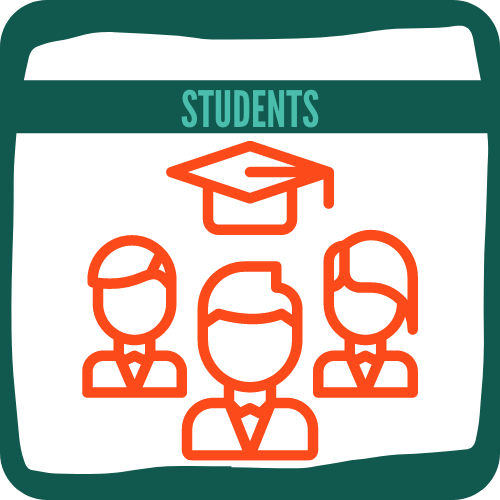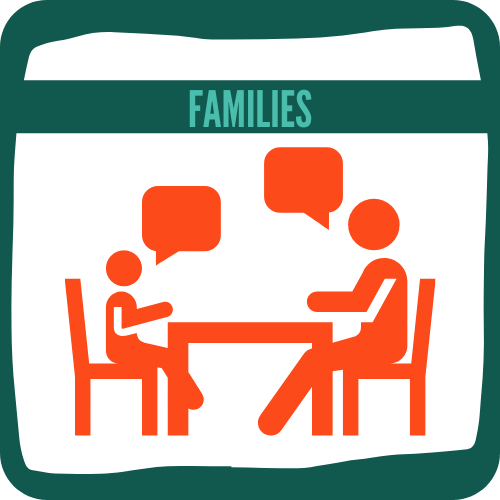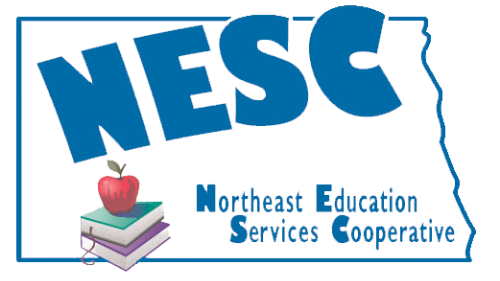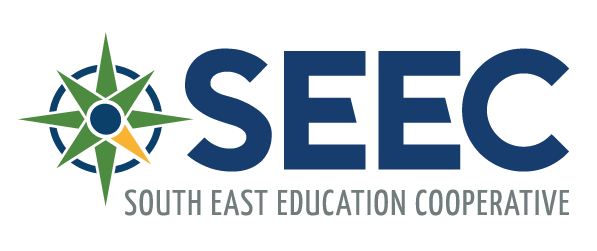North Dakota
Standards-Based Learning
|
"No matter how small you start, start something that matters."
- Brendon Burchard
|
Let’s think big by starting small. Instructional time and student focus are precious commodities at this point in the school year. Identification of and reflection upon the priority standards (essential knowledge and skills within a grade level or course) can drive educator decision-making for the remainder of the school year and positively impact the learning process for everyone involved.
How would this be done? An educator could cross-reference the priority standards (whether identified through a state or local process), with annual lesson plans and curricula to determine what is yet to be addressed and/or still needed for conceptual understanding by the students before the end of the school year. These standards could then be chunked into instructional units and mapped out by number of days in alignment with the school calendar to ensure all students have opportunities for demonstration of learning and development of proficiency. As each unit is planned and mapped within the calendar, save one day at the end of each unit (the day after the end-of-unit assessment) for reteaching and enrichment to better meet students’ individual needs within the learning progression.
Certain standards (and aligned knowledge and skill targets) serve students better throughout the grade spans and across content areas. How can you take small steps through your content standards review and instructional planning to help ALL students step into the 2022-23 school year prepared and confident?
|
How can I use this information in my role?
|
Educators working within all roles across the school and district need tremendous support while moving through the various implementation steps of curriculum, instruction, and assessment as it relates to standards-based learning. Our ND SBL team is here to support all of you throughout this process. We are currently finalizing documents that will assist individuals and systems in implementing SBL (e.g., adoption process) and communicating this work to stakeholders (e.g., language to support the “what,” “why,” “how,” etc.). Here, we explore possible ways for each of you to strategically lift others up in this important work.
|
Superintendents
You can support principals (and all stakeholders) by helping to build the “why” within your district. Why does your district want standards-based learning for its students, families, and educators? Is this message clear and consistent? Has it been widely communicated with all stakeholders? Principals can more effectively lead and expect classroom-level SBL practices when there is a strong district vision in place, backed by a community commitment.
|
Principals
You can support instructional coaches, coordinators, and teachers by providing clear expectations for implementation in combination with small, incremental steps. Has your school started SBL? If not, a small step could be the priority standards/unit-mapping approach noted above or review of an introductory resource shared below. Are you on the implementation pathway but struggling to keep it ever-present? A small step could be a highlight of a classroom success or participation in the April webinar with a follow-up share-out out at a staff meeting to rejuvenate interest (see below for webinar details). Think about a spark to keep the staff excited about the work along with a plan to keep it relevant, practical, and doable.
|
Instructional Coaches
You can support teachers through organization of collaborative work such as prioritized standards review, unit mapping, etc. Teachers often need someone to help find the time and organize the people and really just prefer a guide on the side as they make these decisions for their classrooms. Most importantly, celebrate (loudly and frequently) any small or big steps that are taking place toward SBL implementation!
|
Teachers
You can support one another through the processes of standards review, unit planning, unit mapping, and more. Does this work feel familiar and comfortable to you? If so, help a colleague who is new to this. Is this being implemented in just one or two classrooms within your school or district? Talk with your instructional coach or principal. Is there a way that you could help support the growth of this work? Within your classroom, have you applied the clustering of standards into unit planning but haven’t yet tried unit mapping with the calendar? Would that help to better support students? You certainly don’t need to pursue all of these things. What’s your next small step to support the people and process around you?
|
Students
Students can support the school’s SBL journey by communicating their experiences to their families. Provide messaging about steps made and demonstrations of learning to share in the home. Students and educators can support one another by working together through the learning progression; Clarification of essential learning targets, high expectations for all students to reach proficiency, joint progress monitoring through proficiency scales, multiple demonstrations of learning on the way to proficiency, reteaching and enrichment following a unit assessment, etc. How could you take a small step toward bringing students into the ownership of their learning?
|
Families
Families and educators can support one another by getting clear about learning expectations. Families need the opportunity to understand the learning progressions aligned to the priority standards along with their children’s evidence of learning. Educators need to understand how families support learning in the home. When these places of influence and support intersect, the students benefit.
|
The Prioritized Instructional Planning courses will be available through June 22, 2022.
|
Coming Soon:
April 19, 2022 | 9:00 - 11:00 AM CDT | FREE of charge!
Webinar with Jan Hoegh, Marzano Resources & Solution Tree - Empowering Students in a Standards-Based Learning Environment
During March of 2021, a webinar series was made available to North Dakota educators on how to provide a high-quality learning environment based on standards. The teacher perspective of standards-based learning was presented across all five learning opportunities. This sixth session focuses on the student perspective. Student agency is receiving more attention than ever before, simply because achievement is greater when students are fully invested in their own learning. You are invited to join Jan K. Hoegh from Marzano Resources as she addresses how to optimize student involvement for ensuring high levels of academic performance.
Outcomes of this webinar include:
- Discover the impact on students when clarity exists in the classroom.
- Explore methods for ensuring that students engage at a high level in their own learning.
Register here!
Registration closes 2 days prior to the session.
(Recording will be made available to those registered.)
June 2022
- ND ELA Scale revisions
- ND Math Scale revisions
- ND Science Priority Standards and Scales
- ND Social Studies Priority Standards and Scales
- ND Health Priority Standards and Scales
|
A collaboration among these Regional Education Associations (REAs) and educators across the state produces the North Dakota Priority Standards, proficiency scales, and additional North Dakota Standards-Based Learning resources, all supported by the North Dakota Department of Public Instruction.
|
|
